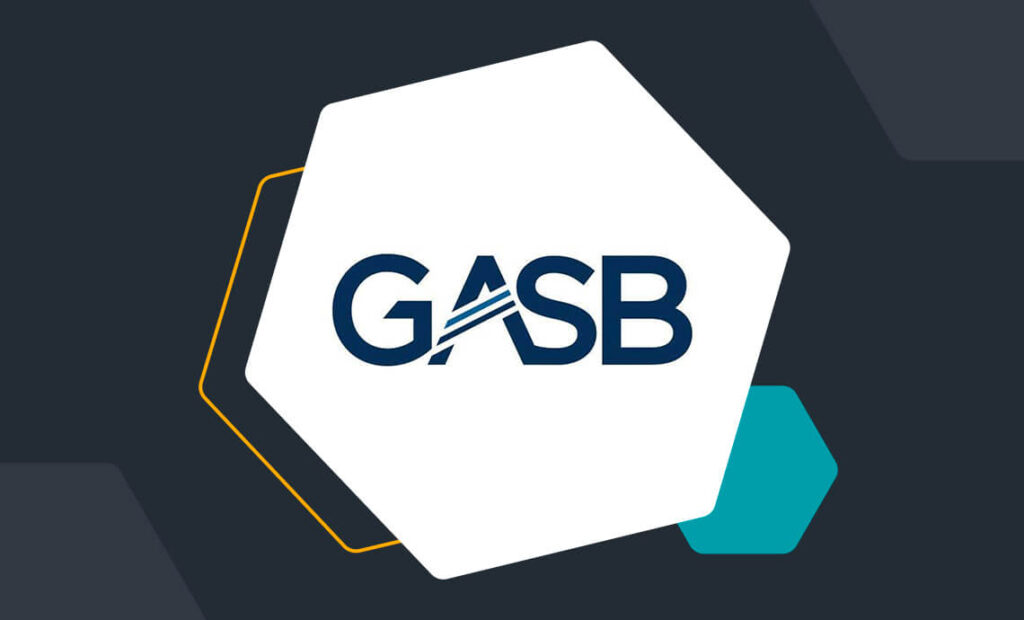Each nonprofit manages a unique set of fundraising programs and activities that require the creation of separate fund accounts. One such fund covers fixed assets, which are long-term, tangible assets such as buildings, equipment, land, and computer software. These fixed assets are kept separate from liquid assets and the proceeds in a nonprofit’s unrestricted fund.
Being able to report fixed assets effectively to grantors, as well as for yearly audits, are two benefits of managing fixed assets closely. With the right fund accounting solution, nonprofits can track fixed assets year after year and the associated depreciation of those assets.
Here are three keys to managing fixed assets more effectively and transparently for reporting:
1. Be transparent when managing fixed assets
Transparency in managing and reporting fixed assets is important. In 2020, The Financial Accounting Standards Board (FASB) approved an accounting update for more concise reporting of fixed assets to provide more transparency for nonprofits reporting contributed nonfinancial assets, “including gifts-in-kind, fixed assets such as land, buildings, and equipment; the use of fixed assets or utilities; materials and supplies, such as food, clothing, or pharmaceuticals; intangible assets; and recognized contributed services.”
Note the update states, “The amendments in this ASU should be applied on a retrospective basis and are effective for annual reporting periods beginning after June 15, 2021, and interim periods with annual reporting periods beginning after June 15, 2022. Early adoption is permitted.” You can see the full FASB accounting update at the FASB website.
2. Establish a fixed assets policy
Because nonprofits have key resources tied up in fixed assets, financial staff must effectively manage those funds by establishing a fixed assets policy and using a schedule to depreciate fixed assets and related expenses. Conducting an inventory once, or even twice, a year fits into the accounting best practice of having a process for regularly reviewing and auditing inventory.
Additionally, this ensures all fixed assets are accounted for and maintained. During audits, nonprofits will provide an inventory list of fixed assets to auditors. Organizations should reconcile their depreciation schedule with the fixed assets inventory on an annual basis.
3. Audit your organization’s fixed assets with a report
You’ll want to be able to identify when fixed assets were acquired, what their original costs were, how much they depreciated each year, and how much they depreciated to date. Another benefit of gathering a fixed assets report is that nonprofits can determine what fixed assets they might need for future growth. For instance, does a health nonprofit need more computers to use remotely for community health initiatives in the field or health education? If so, identifying which fixed assets are needed can lead to applying for a grant or launching a specialized campaign to raise funds for those assets.
There are several factors to consider when managing fixed assets, including implementing the right fund accounting software to reduce manual tasks and expedite the audit process for both the CFO and the auditor.
During an audit, keep in mind, too, that along with fixed assets a nonprofit’s internal controls will be reviewed by the auditor. Having internal controls in place to track all your assets reduces opportunities for fraud and helps ensure you have a seamless audit.
How MIP Fund Accounting can help
MIP offers quality, cutting-edge, easy-to-use software specifically designed for all of a nonprofit’s fund accounting needs. Using bulky spreadsheets and manual entry to manage assets, control access, provide documentation, and handle audits decreases efficiency and makes your organization susceptible to errors, or worse, fraud.
With MIP’s fund accounting solution, nonprofits can successfully label assets, track assets and valuation and more. Our solution includes ease of access with IRS Form 990 to report and record fixed assets in the Statement of Revenue.
Are you planning a yearly audit soon? Find out how MIP Fund Accounting can improve effectiveness and efficiency at your organization and make audits easy, contact us at mip@communitybrands.com or request a demo today.




